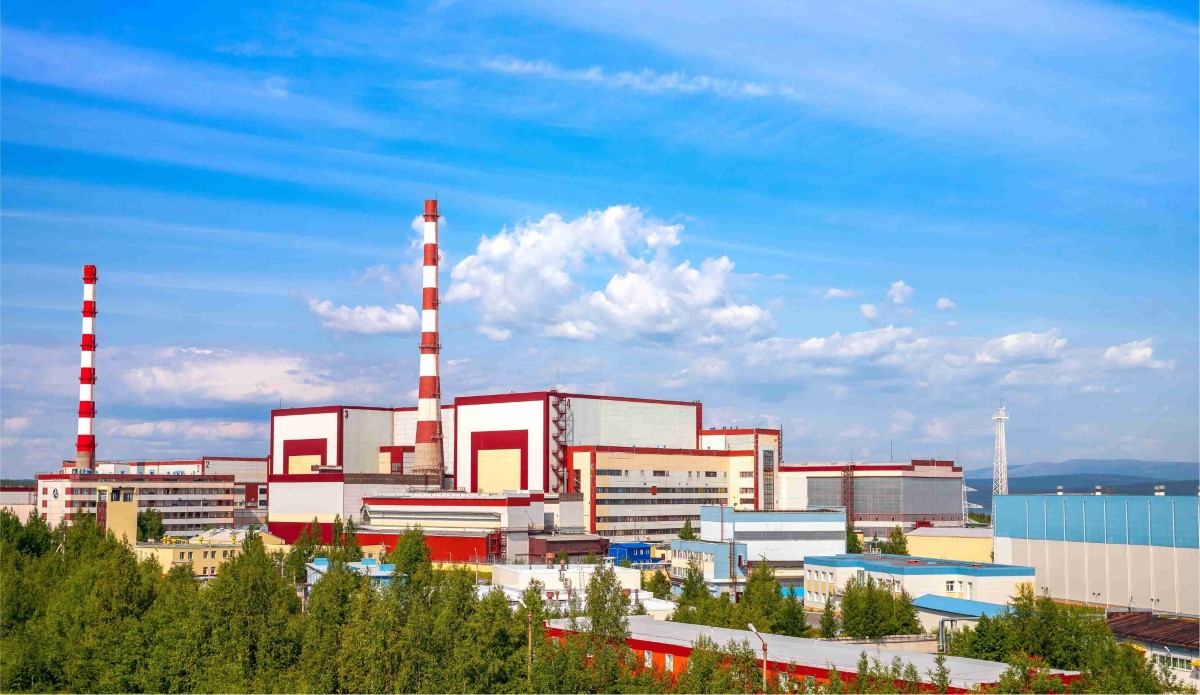 The bench test complex for hydrogen production at Russia’s Kola NPP in the Murmansk region is scheduled to be launched in 2025, plant director Vasily Omelchuk has told journalists. “Today we are in the active design stage and at the stage of creating innovative modern electrolysers that will allow us to produce high quality hydrogen. It is planned to complete the design next year, and in 2025 we expect to have this complex fully operational,” he said.
The bench test complex for hydrogen production at Russia’s Kola NPP in the Murmansk region is scheduled to be launched in 2025, plant director Vasily Omelchuk has told journalists. “Today we are in the active design stage and at the stage of creating innovative modern electrolysers that will allow us to produce high quality hydrogen. It is planned to complete the design next year, and in 2025 we expect to have this complex fully operational,” he said.
Omelchuk added that the facility should produce 200 cubic metres of hydrogen per hour of about 150 tons a year. The hydrogen will be stored in cylinders at a pressure of 400 atmospheres. "Our task is to learn how to produce hydrogen economically and how to handle it. It must be produces, compressed and stored, and then part of the hydrogen is planned to be liquefied,” he explained. Rosatom plans to launch four pilot projects for the production of hydrogen – in Kaliningrad, Murmansk and Sakhalin regions.
Meanwhile, Kola NPP plans to obtain a licence for the construction a a new plant (Kola-II) in 2029. It will be located on the shores of the largest lake in the region, Imandra, Omelchuk, said. "In 2027, at the end of the year, we plan to start preparatory work on the site, in 2028 the work itself will begin, and in 2029 we should receive a licence for its construction.”
He noted that five sites had been considered for the new plant. The selected area on the shore of Lake Imandra, is 7km from the site of the currently operating plant. "This site is most suitable in terms of soils, seismic characteristics, relief, ease of construction, access roads, and so on," he explained.
Rosatom plans to build two new power units with a capacity of 600MWe each (new design 600MWe VVER reactors with spectral regulation and high safety indicators) with construction of the first unit scheduled to begin in 2028 for commissioning in 2034. They will replace the existing units which are approaching the end of their design life. The Kola NPP at Polyarnye Zori in Murmansk includes four units with VVER-440 reactors that began operation in 1973 (unit 1), 1975 (unit2) and 1984 (units 3&4). The station provides power to the northern part of Karelia, where most of the large industrial enterprises of the region are located.
The decommissioning of four units will last until at least 2060, Omelchuk said. The first unit is planned to be shut down in 2033.
“From shutdown of the unit to the start of decommissioning, a certain amount of time must pass, during which we must remove all the nuclear fuel – this takes at least five years. Another six to seven years are needed to prepare for decommissioning, and then work can begin. For the first unit, decommissioning will take about 15 years."
Image: The Kola nuclear power plant, south of Murmansk, will become a pilot site for hydrogen production (courtesy of Kola NPP)






